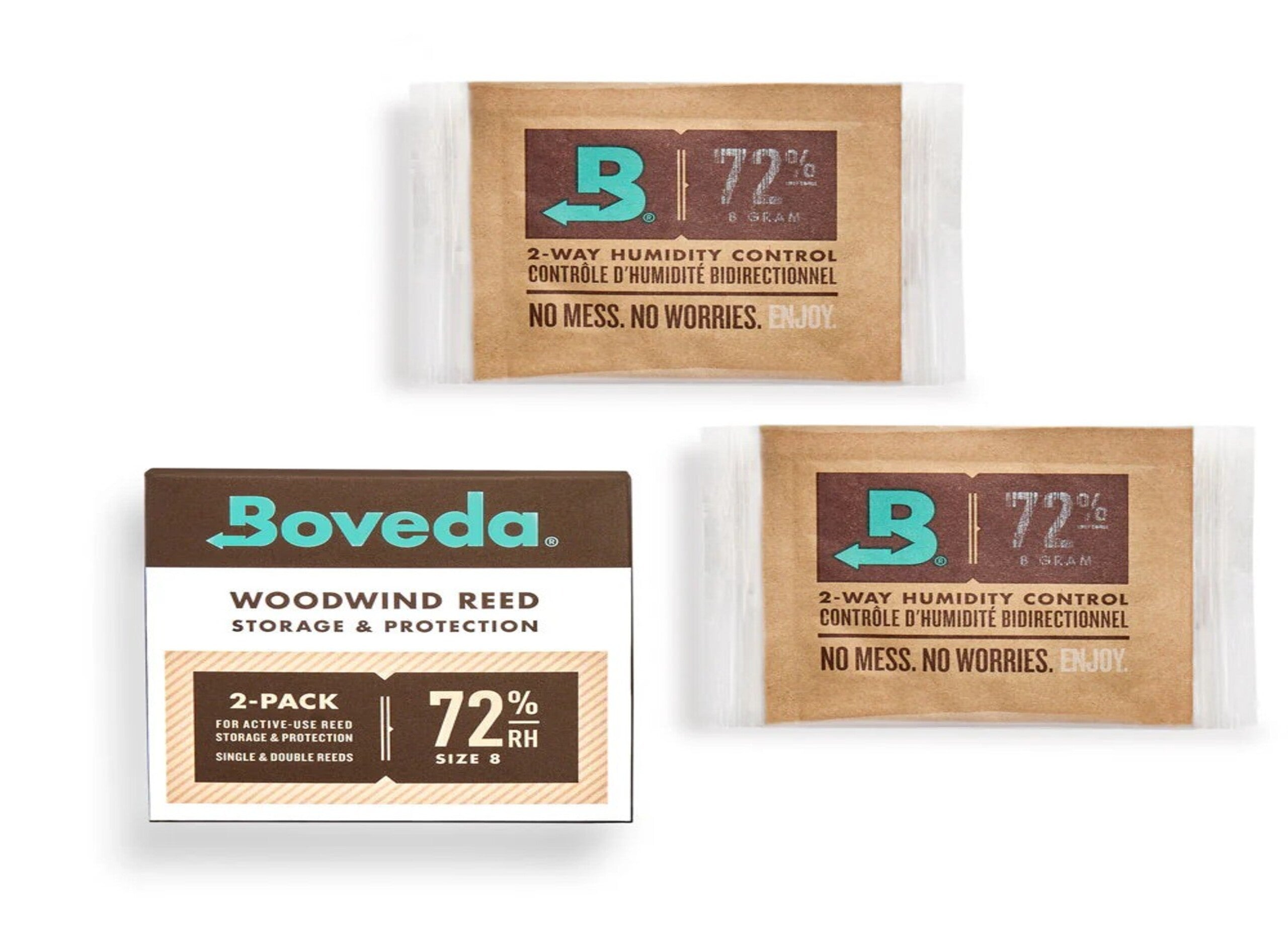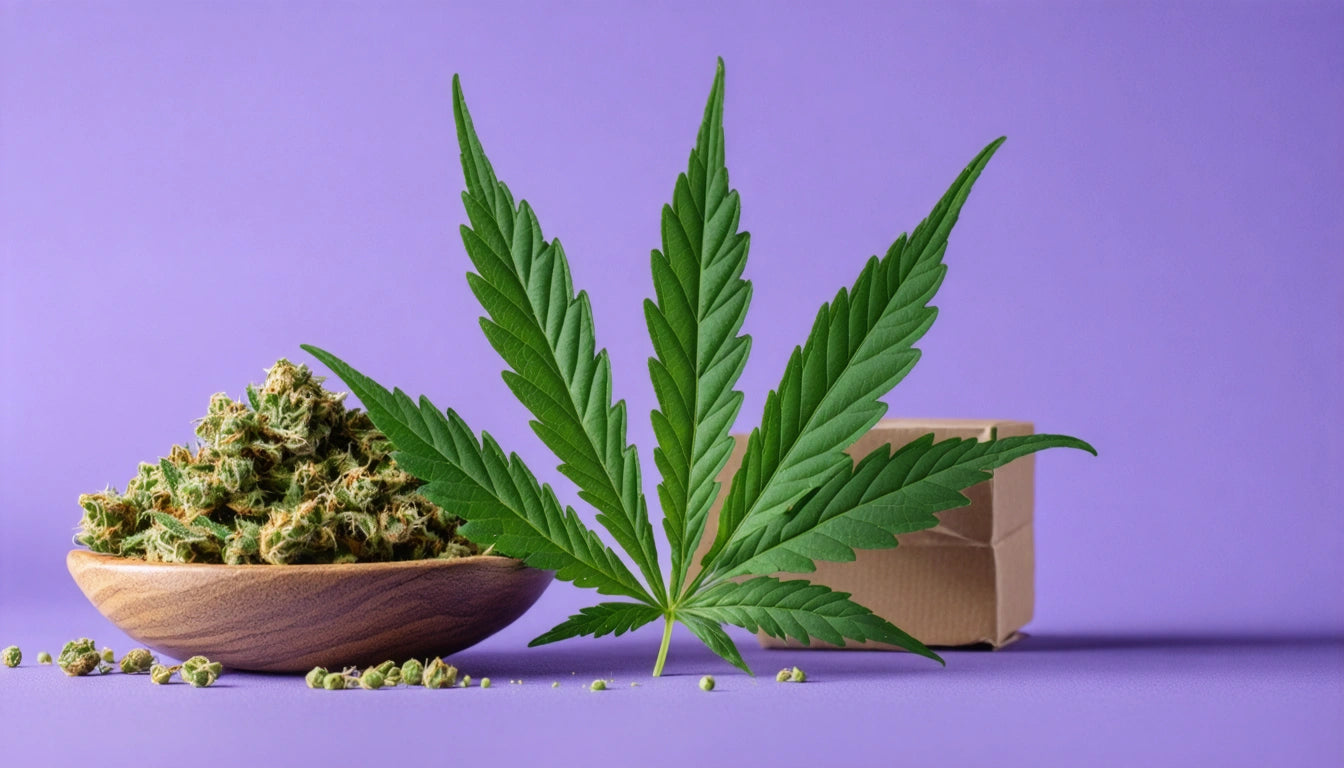The Role of Packaging in Legalizing Hemp-Derived THC Nationwide
As hemp-derived THC products gain traction across the United States, packaging has emerged as a critical component in their path to nationwide acceptance and legalization. Beyond simply containing products, packaging serves as the frontline for regulatory compliance, consumer education, and brand differentiation in this rapidly evolving market.
Current Regulatory Landscape for Hemp-Derived THC
The 2018 Farm Bill created a pathway for hemp legalization by defining hemp as cannabis containing less than 0.3% Delta-9 THC. This opened the door for hemp-derived cannabinoids including CBD, Delta-8, and other novel compounds. However, the regulatory framework remains complex and fragmented across state lines.
Product packaging must navigate this complexity while complying with federal guidelines. According to proper labeling guidelines, hemp-derived THC products require specific information to avoid violating federal law, including accurate cannabinoid content, batch numbers, and appropriate warnings.
State-by-State Variations
While hemp-derived THC may be federally permissible, state regulations vary dramatically. Some states have embraced these products while others have explicitly banned certain compounds like Delta-8 THC. Packaging must be adaptable to these regional requirements without necessitating complete redesigns for each market.
Compliance Packaging Requirements for Legal Distribution
Child-resistant packaging stands as perhaps the most critical requirement for hemp-derived THC products. The Consumer Product Safety Commission (CPSC) standards apply to these products just as they do to pharmaceutical medications. Hemp packaging must meet these CR standards while simultaneously addressing FDA concerns about food safety when applicable.
Tamper-Evidence Features
Beyond child resistance, tamper-evident features provide crucial security throughout the supply chain. Innovations in hemp-based tamper-evident solutions are creating options that maintain compliance while enhancing sustainability credentials.
Building Consumer Trust Through Transparent Packaging
For an industry still gaining mainstream acceptance, packaging plays a vital role in building consumer trust. Clear, accurate labeling that includes third-party testing information helps legitimize products in consumers' eyes. This transparency is particularly important given the FDA's limited oversight of hemp-derived compounds.
QR Codes and Digital Integration
Many brands are incorporating QR codes on packaging to provide expanded product information, lab results, and educational content. This digital bridge allows brands to communicate complex information without cluttering packaging while demonstrating a commitment to transparency.
Efficient packaging operations are equally important as brands scale. Many producers are investing in automated filling systems and equipment to ensure consistent product delivery while maintaining compliance with various regulations across different markets.
Sustainability Considerations in Hemp Product Packaging
The hemp industry faces unique pressure to embrace sustainable packaging solutions, given its connection to natural wellness and plant-based alternatives. However, as explored in this sustainability analysis, hemp packaging itself presents both opportunities and challenges.
Hemp-Based Packaging Materials
Hemp-based packaging materials are increasingly available, creating a full-circle approach for hemp product brands. These materials include:
- Hemp paper for labels and outer packaging
- Hemp-based plastics for containers
- Hemp-infused bioplastics for flexible packaging
- Hemp fiber paperboard for cartons and displays
The rise of hemp-based plastics presents particularly interesting opportunities, though challenges with cost and scale remain. When comparing options, brands must consider the relative benefits of hemp versus other plant-based materials like PLA.
Future Packaging Innovations Driving Hemp-Derived THC Acceptance
As the hemp-derived THC market matures, packaging innovations will play a central role in driving mainstream acceptance and eventual nationwide legalization. Smart packaging technologies that verify authenticity, monitor freshness, and enhance the consumer experience are already emerging in this space.
The economics of these innovations are becoming more favorable as the industry scales. According to analysis of hemp packaging economics, increased production volume is steadily bringing down costs, making sustainable and compliant solutions more accessible to brands of all sizes.
For brands looking to position for nationwide distribution, building a scalable supply chain is essential. This includes considering how packaging needs may evolve as regulations change. Creating a packaging supply chain that scales requires forward-thinking partnerships and flexible production capabilities.
As federal regulations continue to evolve, packaging will remain at the forefront of compliance strategy. Brands that invest in adaptable, compliant, and consumer-friendly packaging solutions today will be best positioned to thrive in tomorrow's nationwide hemp-derived THC marketplace.











Leave a comment
All comments are moderated before being published.
This site is protected by hCaptcha and the hCaptcha Privacy Policy and Terms of Service apply.